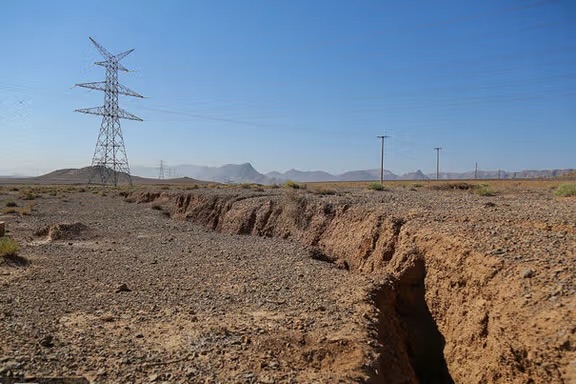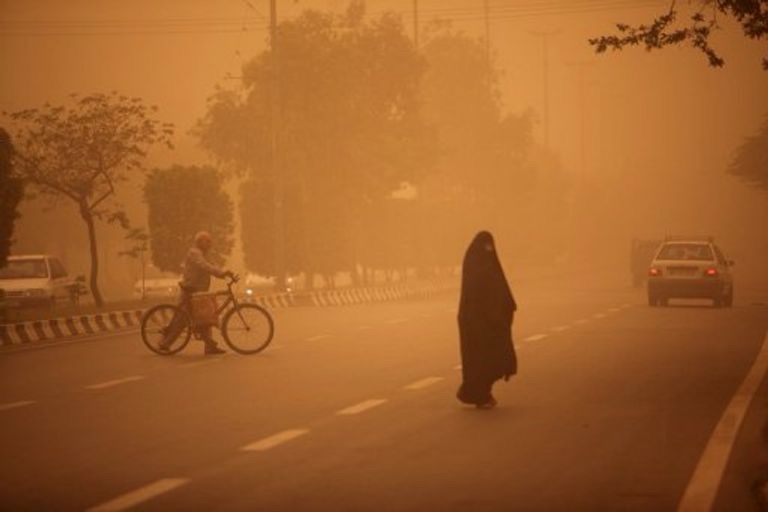
Iran’s deepening water crisis is not only draining aquifers and fueling widespread land subsidence—it’s now being linked to a growing risk of earthquakes, a prominent geology expert has warned.
Dr. Mehdi Zare, a seismologist, cautioned that Iran’s excessive groundwater extraction in response to chronic drought conditions is shifting underground stress patterns, potentially activating fault lines beneath major cities like Tehran, Isfahan, and Mashhad.
“Drought itself doesn’t cause earthquakes, but our response to it—especially over-extraction of groundwater—is altering the Earth’s subsurface conditions in dangerous ways,” Zare wrote Saturday on the Rokna news site.
As aquifers empty, the crust of the Earth begins to deform and rebound, redistributing pressure and modifying fault mechanics. These shifts can reduce pore pressure and bring already-stressed fault lines closer to rupture, he explained.
Government data confirms the alarming pace of groundwater depletion. In southwest Tehran, the water table is dropping by up to two meters annually, and the land is sinking by more than 30 centimeters a year in some areas. Zare linked this trend to the 2017 magnitude 5.0 earthquake near Malard, just west of the capital, which struck near one such subsiding zone.
“This is not unique to Iran,” Zare said, noting that similar patterns have been recorded in California, India, and Spain—where groundwater changes have preceded swarms of minor but telling quakes.
Ali Beitollahi, head of earthquake engineering at Iran’s Ministry of Housing Research Center, warned of a vicious cycle. “The population increases, water demand grows, we build more dams and drill more wells—and then the crisis deepens,” he said. “Instead of controlling consumption, we keep chasing more supply.”
This mismanagement, he argues, is pushing Iran toward a “seismic and environmental disaster.”
Tehran’s situation is especially dire. Four major dams—Latian, Mamlou, Lar, and Karaj—are nearing empty, with capacities at 12%, 12%, 1%, and 7% respectively. Nationwide, rainfall is at just 82.9% of the historical average, and dam inflows have dropped to 42%.
The government is now urging a 20% cut in water consumption as 19 provinces face critical water stress. But experts say such appeals are too little, too late without deeper reforms.
With 40% of Tehran’s aquifer already depleted and no meaningful strategy to cap urban growth or rebalance water demand, scientists warn the country is running out of time. Without urgent structural reform in water governance and population planning, Iran’s drought could evolve into a multi-layered catastrophe—one that hits both above and below the surface.



